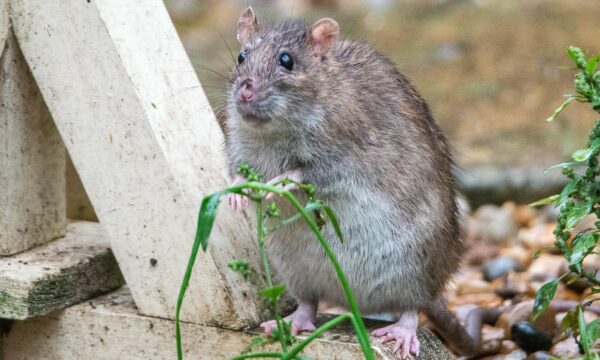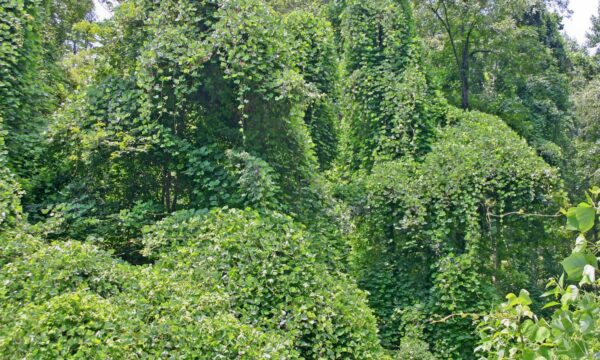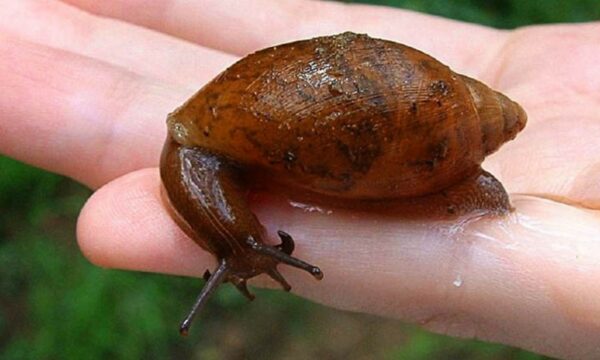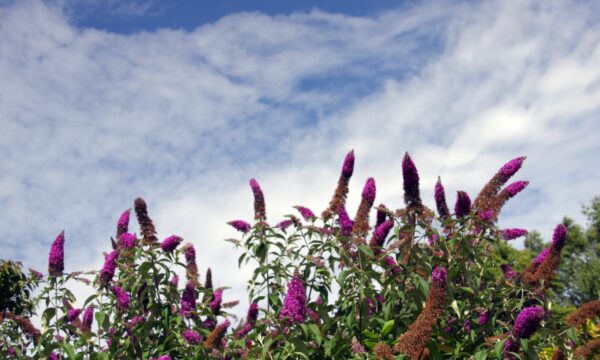In July 2015 the following datasheets were published on CABI’s Invasive Species Compendium (ISC). You can explore the open-access ISC here: www.cabi.org/isc
 Akebia quinata (five-leaf akebia) – a highly invasive, aggressive vine native to East Asia, A. quinata has been introduced as an ornamental to Canada, Europe, Oceania and the USA. It can outcompete native understory plants and young trees, and its dense growth can block sunlight and prevent the germination of native plants.
Akebia quinata (five-leaf akebia) – a highly invasive, aggressive vine native to East Asia, A. quinata has been introduced as an ornamental to Canada, Europe, Oceania and the USA. It can outcompete native understory plants and young trees, and its dense growth can block sunlight and prevent the germination of native plants.
Geophagus brasiliensis (pearl cichlid) – an ornamental freshwater fish native to southeast Brazil, G. brasiliensis has been introduced to Australia, Florida, the Philippines and Taiwan. Its fast growth, opportunistic diet and broad environmental tolerances have allowed it to colonize new waterways, particularly artificial and disturbed habitats.
Rudbeckia laciniata (thimbleweed) – R. laciniata is an ornamental perennial plant that has been introduced to China, Japan, New Zealand and Europe. Native to eastern North America, thimbleweed grows best in bright, humid areas, such as wetlands, forest edges and roadsides. By producing lots of seeds and spreading from rhizome fragments, it can form dense monocultures which outcompete native plants.
Other invasive species datasheets recently published include:
Brugmansia suaveolens (white angel’s trumpet)
Chrysemys picta (painted turtle)
Macaranga tanarius (parasol leaf tree)
Paederia foetida (skunkvine)
Umbra pygmaea (eastern mudminnow)
Related News & Blogs
Can scientific data on invasive species protect endangered species from extinction?
A Red lionfish (Pterois volitans) – while splendid to look at, it is a venomous coral reef fish that predates native species, is rapidly reproducing and spreading and is a permanent resident of the Atlantic waters. Credit: Invasive species are a major…
4 December 2023




